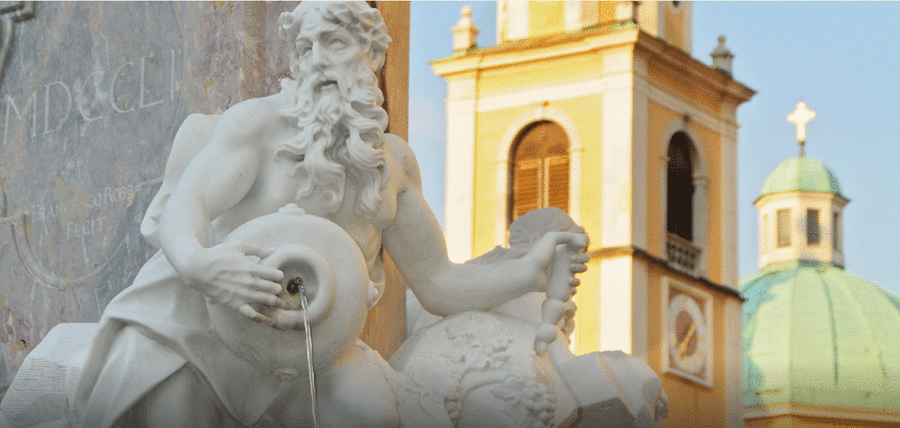Renaissance in Ljubljana
In the 15th century Ljubljana became recognized for its art. Particularly well known were the two workshops of the painter Janez of Ljubljana and the Ljubljana Sculptural Workshop. After the earthquake of 1511, the city was rebuilt in Renaissance style and a new wall was built around it.
Beginnings of Slovenian culture
In the 16th century, when its population amounted to 5,000 people (70 percent of whom spoke Slovenian as their mother tongue), Ljubljana became the centre of the Slovenian Reformation movement and culture. In 1550, Primož Trubar published the first two books ever written in Slovenian, namely Katekizem (Catechism) and Abecednik (Abecedary), and Jurij Dalmatin the Slovenian translation of the Bible. At about the same time, Ljubljana got its first secondary school, public library and printing house. The period of Reformation was followed by a period of renewed dominance of the Catholic Church and Counter-Reformation.
Baroque in Ljubljana
In 1597, Jesuits arrived in Ljubljana and founded a gymnasium (secondary school), which later developed into a college. The end of the 17th century saw the foundation of the Academia operosorum, a scholars' association modelled on the Italian associations of the kind, which, among other things, invited to Ljubljana a number of foreign architects and sculptors, who turned the Renaissance Ljubljana into a Baroque city. Numerous houses were given new façades, additional third floors were added to originally two-storey buildings, and the insides of houses were embellished with arched courtyards and staircases. Also most of the churches were either renovated or built in Baroque style. A jewel in the crown of Baroque creativity in Ljubljana was the work of the sculptor Francesco Robba.


